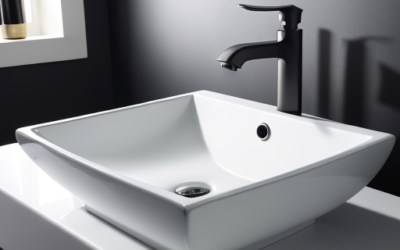by Becky Shankle, ecomodernism, Raleigh, N.C.
Not long ago I finished remodeling a new stock kitchen in a condo. It was about the poorest excuse for a kitchen I’d ever seen, and it got me thinking — as did Kelly’s article here last week — about how badly designed so many kitchens are, even when they have plenty of room to do much better.
Here’s my radical design idea:
Let’s design our kitchens around small appliances. This would allow our real focus to be on useable work and storage space, nicely appointed accents, good lighting, and integration with other living spaces. One of my favorite aspects of the remodeled kitchen I refer to above is a low shelf for the dog bowls. Now the owner no longer trips over the water bowl and spills it, nor do the pooches chase the food bowls all over the room.
The average hotel suite is about 300 square feet. Perfectly comfortable for a two-week stay for a couple of people, with all the basics. The appliances are small but adequate.
Space is a premium in most of Europe, so small and efficient are major drivers of design. That includes appliance sizes. Where the average U.S. fridge has a storage capacity of 16 to 20 cubic feet, the average European fridge is about 10 feet. Refrigerators less than two-feet wide are common.
And have you ever noticed that Europeans tend to be closer to their ideal weight than we Americans, with our well-documented weight issues?
I’d be willing to bet the old 80/20 rule is alive and well in your fridge. The Pareto principle (the law of the vital few, and the principle of factor sparsity) states that, for many events, roughly 80 percent of the effects come from 20 percent of the causes.
Most of the time you eat the same items or whatever is in the fridge. Most of the time, you buy the same things at the grocery.
What’s in Your Wallet, Fridge?
There really is no reason for the gigantic appliances we have. Here’s my really radical idea:
Let’s (as a country) reduce our fridge size by at least a third. What might happen?
- Our power use would go down.
- We’d be more inclined to eat fresher food, since there’d be less space for prepackaged food. We might lose weight, like our European comrades.
- Contents would be more visible; less waste and fewer forgotten items at the back.
- We might have more room for countertop and cabinet space.
One last thought:
There is no waste in nature. A lion doesn’t kill 10 gazelles and stores what it can’t eat right then until later. Whatever it doesn’t eat becomes food for smaller and smaller creatures, right down to bacteria.
Now that is efficient!



